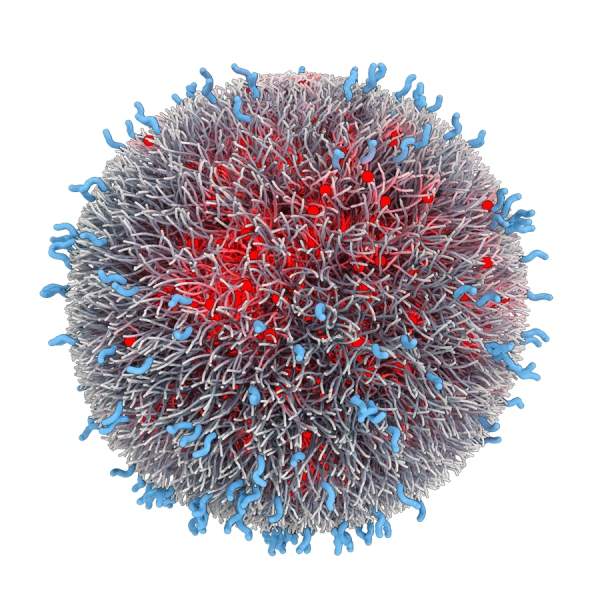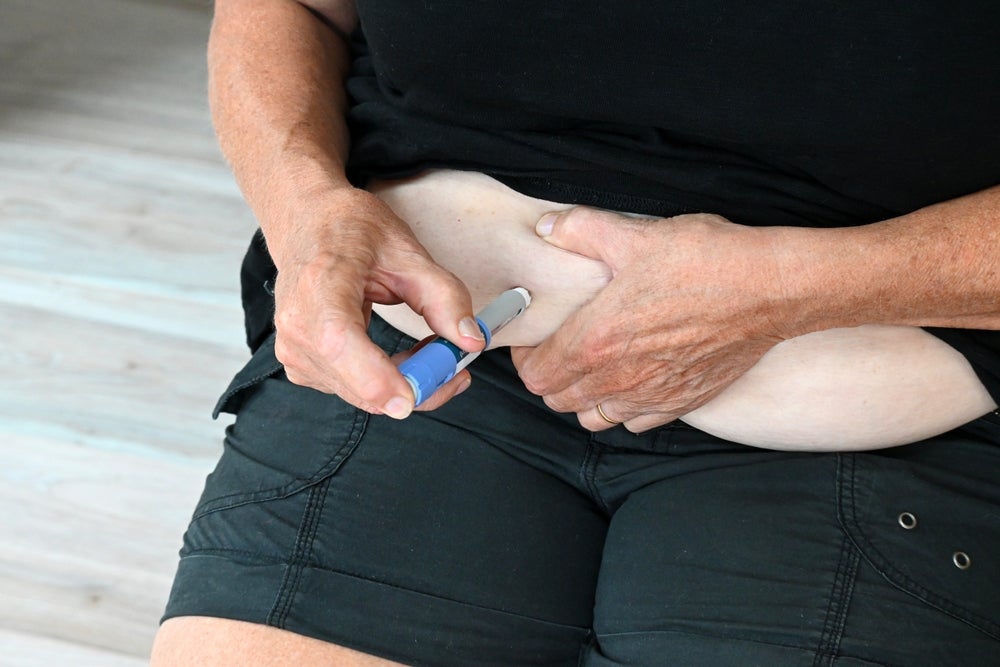
Many drugs, including most cancer therapies, are distributed throughout the body immediately after administration, killing healthy cells at the same time as having a therapeutic effect on the tumour; they are simply not able to concentrate solely on the target tissue.
Related feature
Small players, big drugs – pharmaceutical SMEs take the innovative edge
Medical advances are leading to more novel therapeutics but it’s small biotech, not Big Pharma, which stands to gain the most.
But a new technology developed by BIND Biosciences and christened the ‘Accurin’ platform is confined to the bloodstream and is able to circulate long enough to effectively extravasate through gaps in the blood vessels adjacent to tumours, therefore significantly increasing the drug concentration on the target tissue and extending the time the tumour cells are exposed to the drug.
Its effect can also be achieved without causing additional toxicity to the body.
BIND Biosciences CEO Scott Minick explains the particle-by-particle workings of this breakthrough technology, as well as the potential impact it could have on cancer therapy in years to come.
Elly Earls: Can you explain exactly how BIND Biosciences’ breakthrough technology, Accurin, works?
How well do you really know your competitors?
Access the most comprehensive Company Profiles on the market, powered by GlobalData. Save hours of research. Gain competitive edge.

Thank you!
Your download email will arrive shortly
Not ready to buy yet? Download a free sample
We are confident about the unique quality of our Company Profiles. However, we want you to make the most beneficial decision for your business, so we offer a free sample that you can download by submitting the below form
By GlobalDataScott Minick: Accurins are polymeric nanoparticles that utilise targeting ligands to traffic to and accumulate at disease sites, thereby achieving higher drug concentrations at the site of drug action than otherwise possible.
The programmable properties of Accurins allow for fine-tuning the pharmacokinetic, release and bio-distribution properties of drugs, differentiating characteristics that have effectively translated to the clinic.
The Accurin platform utilises combinatorial optimisation techniques to engineer the optimal particle properties required to target disease sites while utilising FDA approved materials and pharmaceutically sound manufacturing processes.
EE: Tell me in a bit of detail about your first product, BIND-014. What stage are you currently at and how effective has the drug proven to be in clinical trials?
SM: Clinical data on BIND-014, our targeted docetaxel Accurin, are consistent with preclinical observations in which high drug concentration at the tumour site and increased efficacy in multiple tumour types were demonstrated.
Preliminary Phase I data demonstrated partial response or stable disease in a heavily pre-treated patient population with advanced or metastatic disease, with durable responses of more than six months in some cases. We saw:
• Preliminary evidence of anti-tumour activity during dose escalation with evidence of anti-tumour activity in six of the 17 patients treated, ranging from one durable confirmed partial response (cervical cancer) and five with stabilisation of disease (pancreatic, colorectal, bile duct, tonsillar and anal cancer).
• Evidence of anti-tumour activity in cancers in which conventional docetaxel has minimal activity.
At all dose levels studied, with 75 mg/m2 reached to date, BIND-014 was generally well-tolerated with no new toxicities observed.
EE: How is the Accurin platform set apart from other nanotechnology drug targeting options currently under development?
SM: Previous attempts to develop targeted nanoparticles, which began in the early 1980s, have not translated into clinical success because of the inherent difficulty of designing and producing nanoparticles which can have the following three key main attributes:
• Avoiding clearance mechanisms such as the liver (almost all particles in the scientific literature accumulate in the liver).
• Specifically targeting diseased tissues and releasing the drug in high local concentration at the site of the disease over time.
• Doing the above in a scalable way so it is possible to go from milligram scale to multikilogram scale in a highly reproducible manner.
Particles we have developed are programmable in that they are optimised across many parameters, including their physical, chemical and biological properties, which enable them to overcome these barriers and concentrate in on the target tissue.
They encapsulate the optimal amount of drug, release it at the optimal rate over time, circulate in blood vessels while going under the radar of the immune systems, concentrate on tumours effectively through a combination of mechanisms and facilitate intracellular uptake of nanoparticles and their drug payload.
It is this background context on a programmable nanoparticle with an unprecedented combination of characteristics which makes the work on BIND-014 such a significant milestone in the field of nanomedicine.
But, more importantly, the data is significant for the promise of BIND-014 in treating cancer. In the case of BIND-014, our preclinical data demonstrates that BIND-014 can dramatically increase the concentration of docetaxel in tumours, which leads to substantially better efficacy and tolerability, and our early clinical data are consistent with these observations. Never before has a targeted nanotherapeutic with this kind of potential been translated into clinical development.
EE: Accurin technology could theoretically be applied to any existing drugs or experimental compounds that would benefit from longer circulation times or better targeting. How broad is the technology’s potential and what disease areas do Accurins have the most potential to treat?
Related feature
Get smart: the future of clinical trial packaging
Faced with tight timelines and low budgets, clinical trial packaging is one of the toughest jobs in the industry.
SM: This is a powerful new technology for developing drugs that can be applied broadly across classes of drugs and therapeutic areas.
BIND has used the Accurin technology with more than 20 different drugs across a number of therapeutic areas, including oncology, inflammatory disease, cardiovascular disease and pain management.
This approach can be applied to existing drugs or to drugs that are in the pharmaceutical industry pipeline or yet to be developed.
EE: How important will teaming up with other pharmaceutical and biotechnology companies be to the further development of Accurins?
SM: BIND is currently collaborating with several pharmaceutical partners to apply our technology to our partners’ APIs and create new Accurins with unprecedented properties.
We are actively discussing a range of other potential collaborations with many of the world’s leading pharmaceutical and biotechnology companies. Pharma partners are excited about this technology because working with BIND can provide the means for developing a differentiated oncology drug in an intensively competitive field (where the top ten most active pathways have 15 drugs in development on average.)
In addition, they are excited about BIND-014 because this clinical data suggests a highly differentiated drug for a broad range of solid tumours.
EE: Looking to the future, what’s next for BIND Biosciences?
SM: Our primary focus at BIND in the coming months is to continue to rapidly advance our lead programmes into the clinic. Beyond the ongoing Phase I study with BIND-014 and planning for its Phase II development, we expect to advance a second product candidate toward the clinic in late 2012.
In addition, we are actively in discussions with Big Pharma and biotech companies that are interested in an Accurin approach for enhancing their oncology pipelines and managing product lifecycles.







